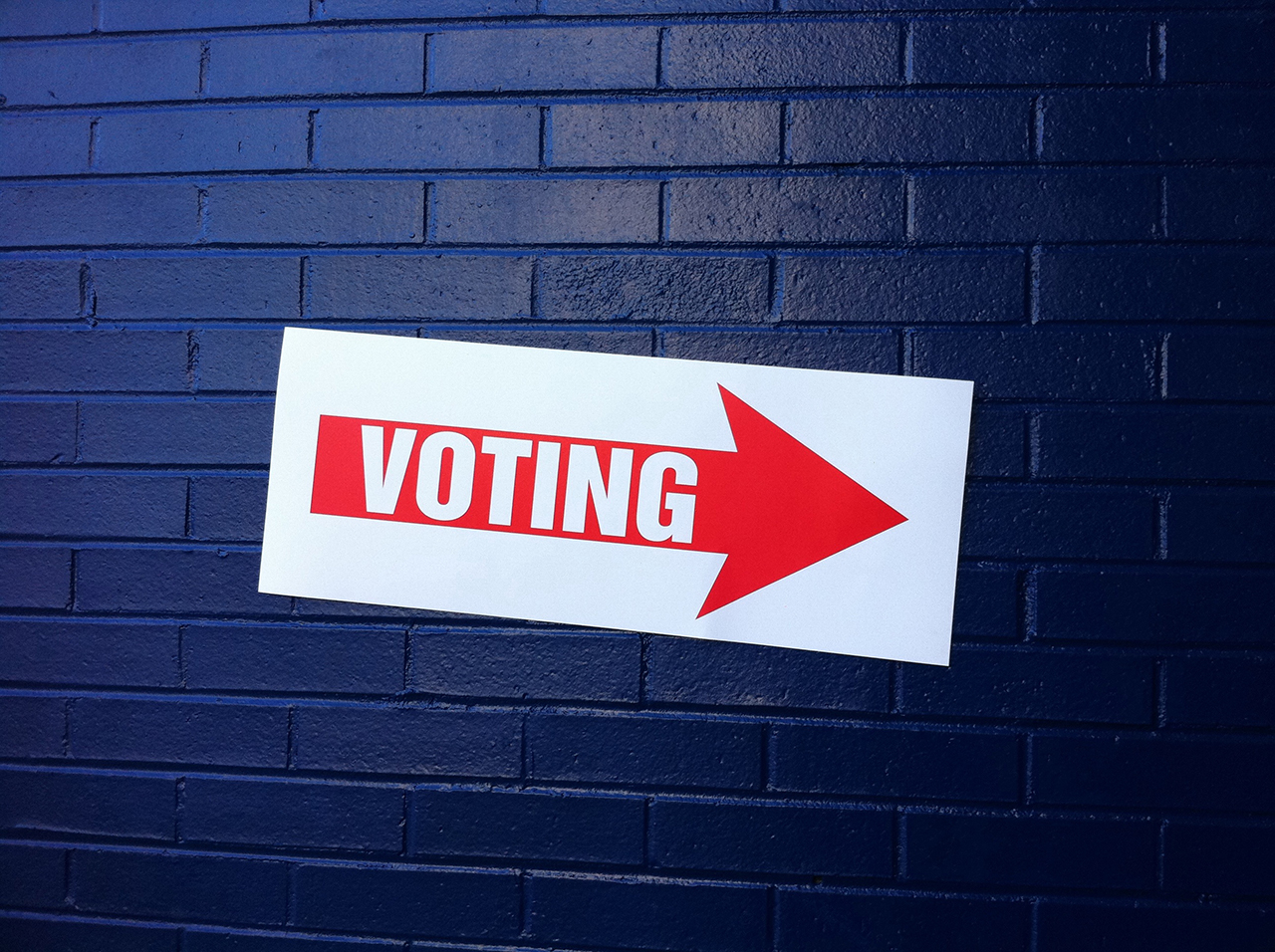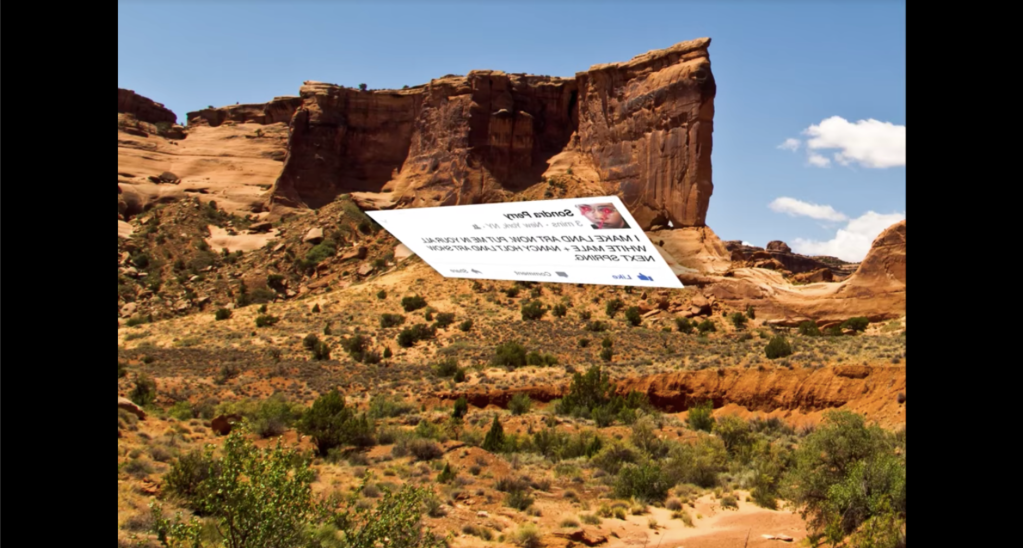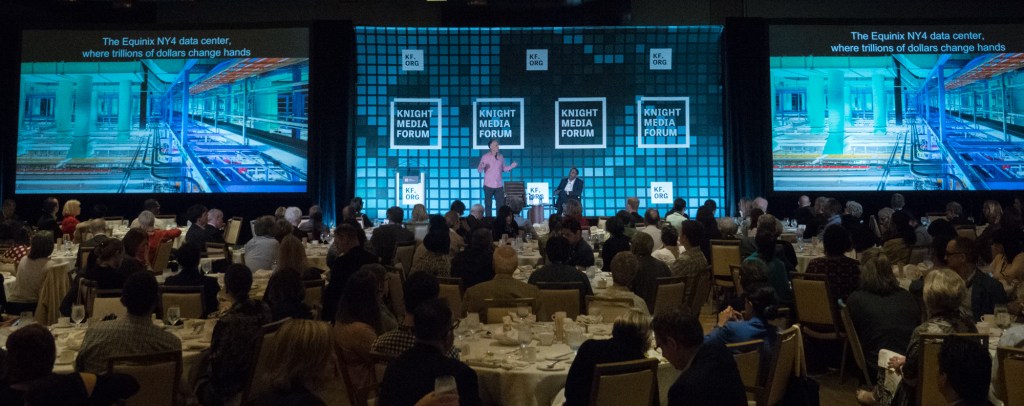
How MapLight is expanding Voter’s Edge to empower Americans during the 2016 elections and beyond
Photo by Justin Grimes on Flickr.com.
Daniel G. Newman is the co-founder and president of MapLight, a nonpartisan research organization that reveals money’s influence on politics. MapLight received a Knight Prototype Fund grant as a winner of the 2015 Knight News Challenge on Elections.
As the primary elections heat up, MapLight is expanding Voter’s Edge, our online voter guide providing meaningful nonpartisan information about every federal, state and local contest on voters’ ballots. In 2016, we’re excited to reach citizens in California, Illinois and New York state—more than 1 in 5 Americans—with everything they need to know to cut through election noise and vote with confidence. With this expansion, we’re also testing new systems for gathering large quantities of local election data, which will help us efficiently scale Voter’s Edge and empower voters nationwide in the future.
The version of Voter’s Edge you see today has been four elections in the making. Each version of the site has taught us more about the needs of voters, helping to make Voter’s Edge an increasingly comprehensive, user-friendly and financially sustainable resource.
MapLight became interested in voter information after reporting on special interest spending on California ballot measures in the November 2010 election. The media response to our funding data demonstrated the public’s appetite for nonpartisan election information: Our data on one California ballot measure alone, a proposition related to greenhouse gas regulation, was featured in more than 100 news stories across the country.
With this evidence, we obtained seed funding for an online voter guide providing comprehensive information about California ballot measures during the 2012 elections. This first iteration of Voter’s Edge attracted over 100,000 site visitors and reached more than 17 million people through data cited in news stories.
During the next election cycle, in 2014, we expanded Voter’s Edge, receiving grants from several foundations to surface information on federal and state candidates and ballot measures in all 50 states and elections down to the local level in California. We also joined forces with the League of Women Voters of California Education Fund, producing Voter’s Edge California as a joint project. The results far exceeded our expectations: In 2014, Voter’s Edge California attracted 728,000 site visitors—an astounding 10 percent of the 7 million people who cast ballots in California that year.
Post-election, we conducted an in-depth assessment of Voter’s Edge, which showed that the greatest value we could offer voters would be to give them access to customized and reliable information on local contests. This insight was corroborated by a June 2015 Knight Foundation report on focus groups with millennials, which concluded that for young people, lack of information about candidates is the greatest barrier to voting in local elections.
This is where we decided to focus our efforts for 2016: providing more voters around the country with information on the federal, state and local contests on their specific ballots. Drawing on our track record of success, we obtained support from the Knight Prototype Fund to design new systems for collecting local election information, as well as substantial funding from the William and Flora Hewlett Foundation, the Kaphan Foundation and the Rita Allen Foundation to expand Voter’s Edge to new states. In addition, Voter’s Edge Illinois was generously supported by The Joyce Foundation and the Robert R. McCormick Foundation, and Voter’s Edge California was made possible by a grant from The James Irvine Foundation.
Voter’s Edge Illinois is now live for the March 15 Illinois primary, and Voter’s Edge New York is coming soon. Californians should look for Voter’s Edge California to launch shortly before the June primary election. Voter’s Edge will also cover the November elections in all three states this fall.
We look forward to learning even more from these new states about how to serve voters’ information needs and scale Voter’s Edge into a 50-state project.
Recent Content
-
Artsarticle ·
-
Artsarticle ·
-
Communitiesarticle ·


